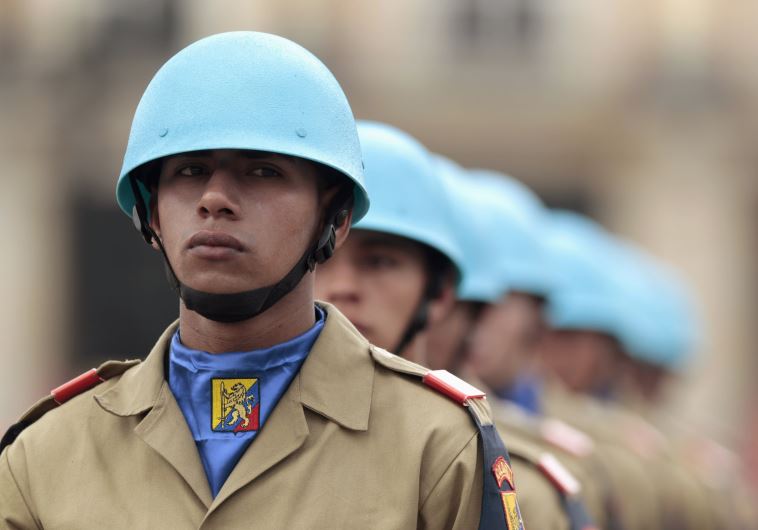Observer force in Sinai increasingly under threat of ISIS
The multinational force that monitors the peace between Israel and Egypt in Sinai is staying put, despite the rise of ISIS terror attacks.
 Soldiers from the Colombian Multinational Forces and Observers battalion to SinaiUpdated:
Soldiers from the Colombian Multinational Forces and Observers battalion to SinaiUpdated: